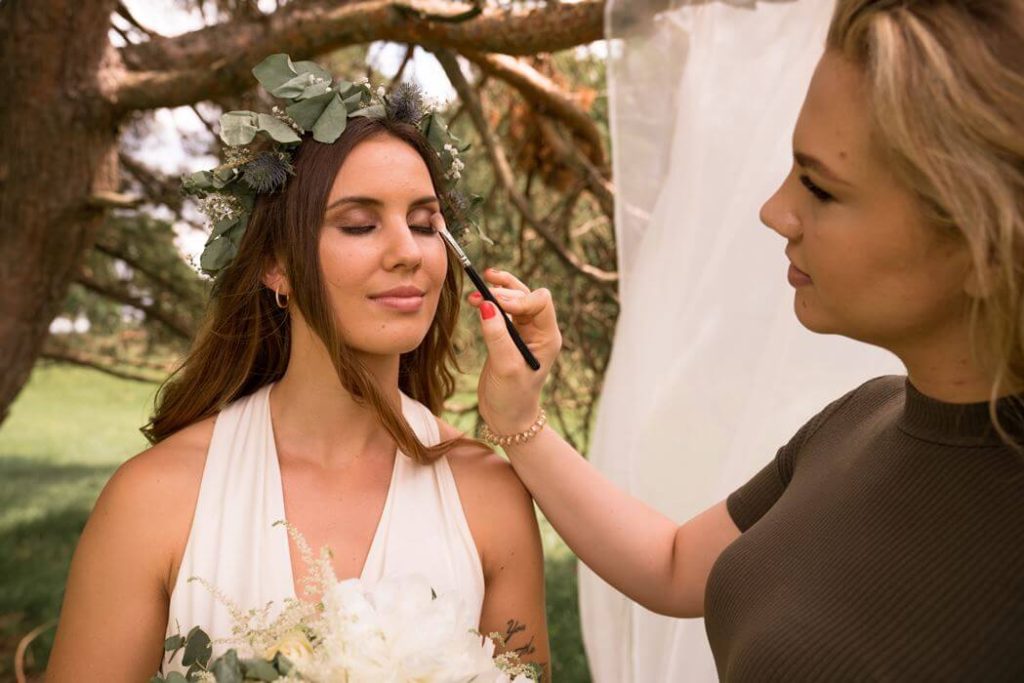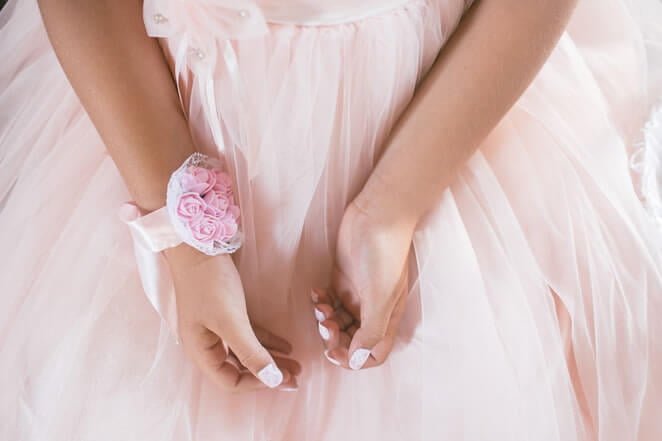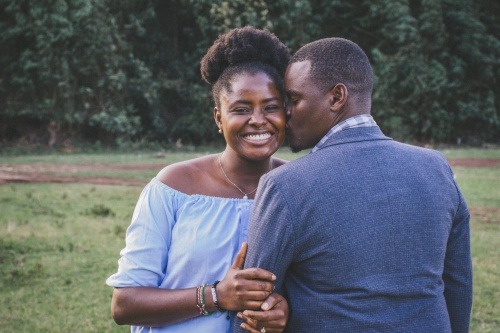East meets West:
Merging Traditions for a Multicultural Wedding
Multicultural Wedding: Celebrating Love Beyond Borders
Are you planning a multicultural wedding? This guide will help you seamlessly blend traditions and create a unique celebration of love.
First, we want to say a huge congratulations on your engagement! We understand that planning and arranging a wedding is both an exciting and challenging task so we can only imagine the preparations and debates that come with a multicultural wedding. There are so many traditions to take into account so finding both a respectful and even a blend of both can be a task in itself so we’ve decided to put together some ideas to make the process a little easier for the happy couple.
We want to put together this guide because planning should be a happy experience you are creating a unique ceremony that pays homage to your background but also tells the story of your love. With so many traditions and relatives expecting them to be fulfilled, you might wonder where we begin and how to blend them seamlessly.
This guide will equip you with tips and ideas to help you integrate these traditions from the East and the West for a wedding that is both meaningful and unforgettable.
Embracing Traditional Traditions
This is one of the main areas where you might be stuck at a crossroads and can be difficult to navigate without an influx of ideas. So we’ve come to the rescue and come up with three of our favorites.
Double The Processional
What I mean by this is, why choose between a father-daughter walk down the aisle and a vibrant wedding march? There are many ways you can do both. For example, you could have a vibrant march, and then the last two people could be the father and daughter. Whatever works for you should be honored, especially when it’s important to one of you.
While a lot of confusion and drama might come from the families. In some cases, weddings can be more important to the parents and relatives than to the couple who want to get married. It’s all about finding a middle ground. Let’s pray that you don’t have to have two separate ceremonies and that the families can both agree on what and what cannot happen during the big day.
5 Tips for Decorating a Classy Outdoor Wedding Reception
Bilingual Vows
It’s such a considerate addition to having both languages spoken on the big day, for example, not everyone will know English, Arabic, or Hindi, so it’s a great way for all family members to hear what is happening and to enjoy the moment with the couple. Expressing your love in a way that resonates with both families is key to bringing you all closer together.
Exchange vows in your native language or consider having a bilingual officiant. The rules are up to you in these scenarios so don’t be afraid to throw different ideas in the air and see what fits. You could try to surprise your partner and read out your vows in their native language to show your appreciation for their heritage. It is also a bonus to be extremely romantic.
Unity Rituals
Many cultures have symbolic ceremonies to represent the joining of two lives. For example, in Buddhist traditions, water is poured from a sacred vessel over the couple’s hands, which symbolizes a rebirth and purification of the new unity. In the West, they usually hold a lit candle, and together they combine their flames and light a third and larger candle.
There is no reason why you can’t have both at the wedding, it’s the perfect way to show your unity to both families and makes both couples feel like this is official. Research and discussions with your family could happen to establish which rituals stay and can be replaced with your partners.
Fashion Fusion
Some cultures have traditions down to what all the guests wear, such as Nigerian weddings, where the bride and groom wear a dedicated fabric and color. Design a wedding outfit that reflects both heritages and is respectful on both ends.
It’s the same notion for your guests; you can always give them the option to wear an abaya, a sari, or a Westernized wedding guest dress. There are many ways you can appreciate and add to the flare of your partner’s culture so this could be the best part of your wedding planning.
Appropriate Feast
When it comes to deciding which culinary options for your wedding, it is most important that you serve dishes that are appropriate for both dishes. Muslims only eat halal food and in Indian culture, they don’t eat beef. It might be best to make a full list of what is not acceptable for both parties and, to avoid any mistakes or upset family members, to provide a menu that everyone can enjoy.
This is also a fun way to introduce different parts of your culture to the other side of the family and in the end, it could create an interesting yet delicious combination of culinary influences.
Final Thoughts
These are all significant boxes to check off when you are planning your wedding. Just remember that it’s your day and be as respectful as you can because, at the end of the day, you want both families to be represented as much as possible in the wedding but you don’t want it to burn you both out. Compromises will have to happen so get ready for a lot of discussions with your partner and families and we hope we have inspired you in some way!
Explore the beauty of multicultural weddings and discover how to seamlessly blend traditions, plan a memorable ceremony and reception, and ensure your guests feel welcomed and celebrated.




